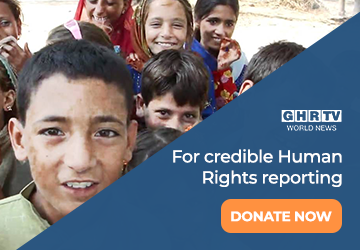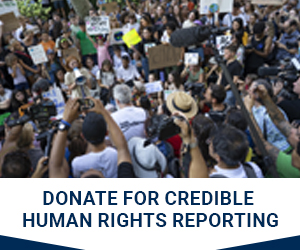Humanitarian Crisis in South Sudan

South Sudan is one of the newest recognized countries worldwide, gaining independence in early July 2011 as well as being granted admission to the United Nations (UN) a few days later. Despite the newly acquired state powers and independence, peace was only temporary, as up to 400,000 people were killed and almost a third of the country’s population had to be displaced in the years 2013 to 2018.
Approaching its 10-year existence, South Sudan is still not far away from a return to a full-blown conflict in spite of the peace deal made in 2018. However, South Sudan also faces other life-threatening conditions such as possible droughts, floods or other natural disasters. A large number of citizen do still not have a secure access to clean drinking water, which partly explains the level and number of diseases in the region, including, but not limited to, malaria, cholera and the dengue fever. In addition, the country was hit hard by COVID-19 and is still facing the consequences of the pandemic. The country is now also dealing with its first polio outbreak in more than a decade, with 48 cases confirmed towards the end of 2020. South Sudan’s health system continues to be put under more and more pressure as transmissions and outbreaks of diseases are steadily increasing. Furthermore, the country is handling internal displacement of more than 2.5 million people, 900,000 of which are women and girls that are facing Gender-based-violence, harassment, or even rape and Female Genital Mutilation. Over half a million children are dealing with malnutrition which could endanger their health and limit their physical and cognitive development.
The International Committee of the Red Cross (ICRC) has, throughout 2020, distributed materials such as seeds, farming tools and fishing kits to approximately half a million people, and improved access to clean and safe drinking water for 100,000 people across the country. Whilst these efforts are considerable, South Sudan’s population is steadily rising and has now reached 11 million people in 2019. This increase in population paired with the fragile peace situation, the natural disasters, pandemic and recent floods have put the country and its people in a delicate situation. Whilst the ICRC and United Nations International Children’s Emergency Fund (UNICEF) are working on relief schemes and support plans, the situation continues to worsen for the people of South Sudan.




 GHRTV1
GHRTV1 




























